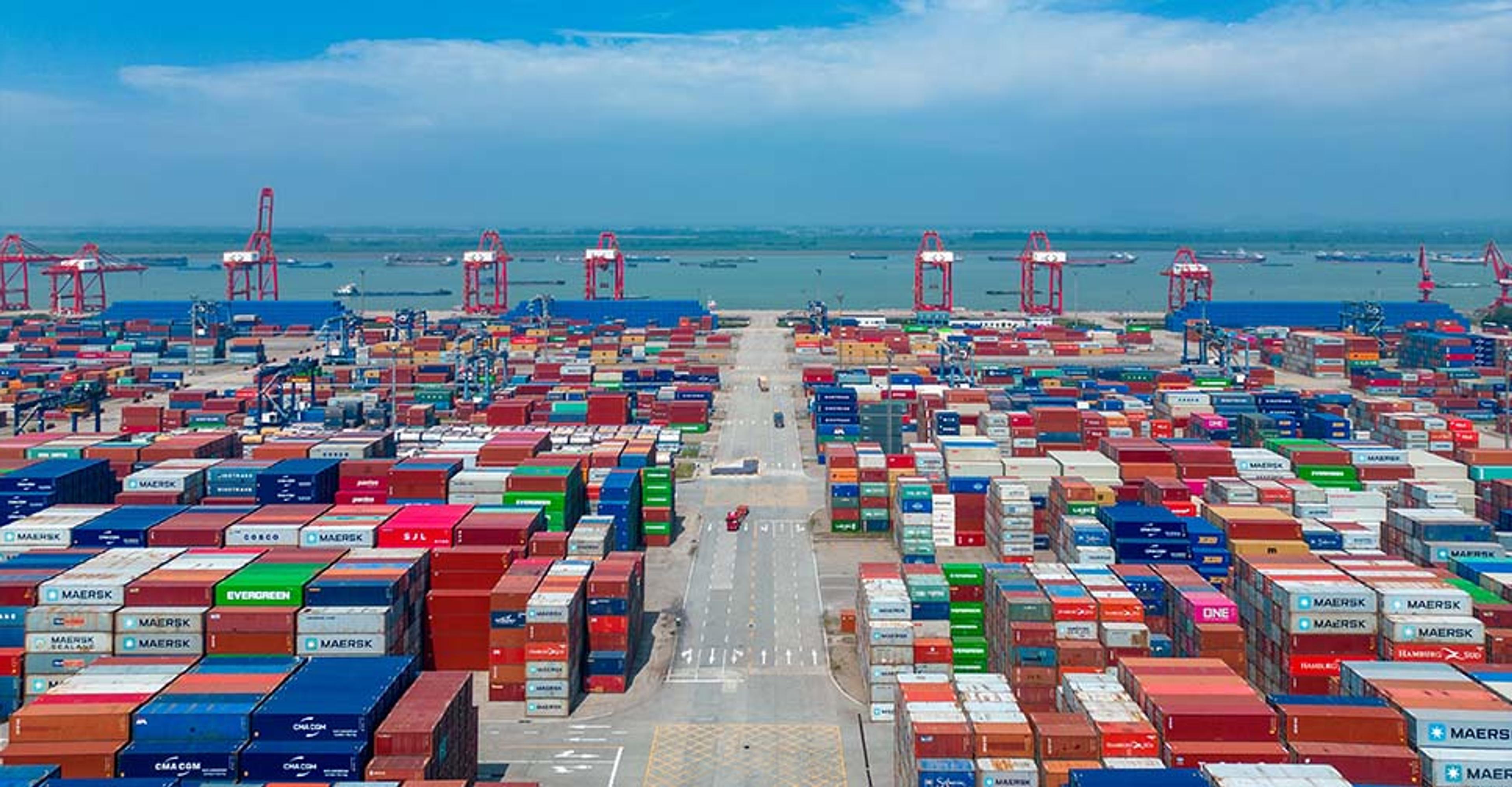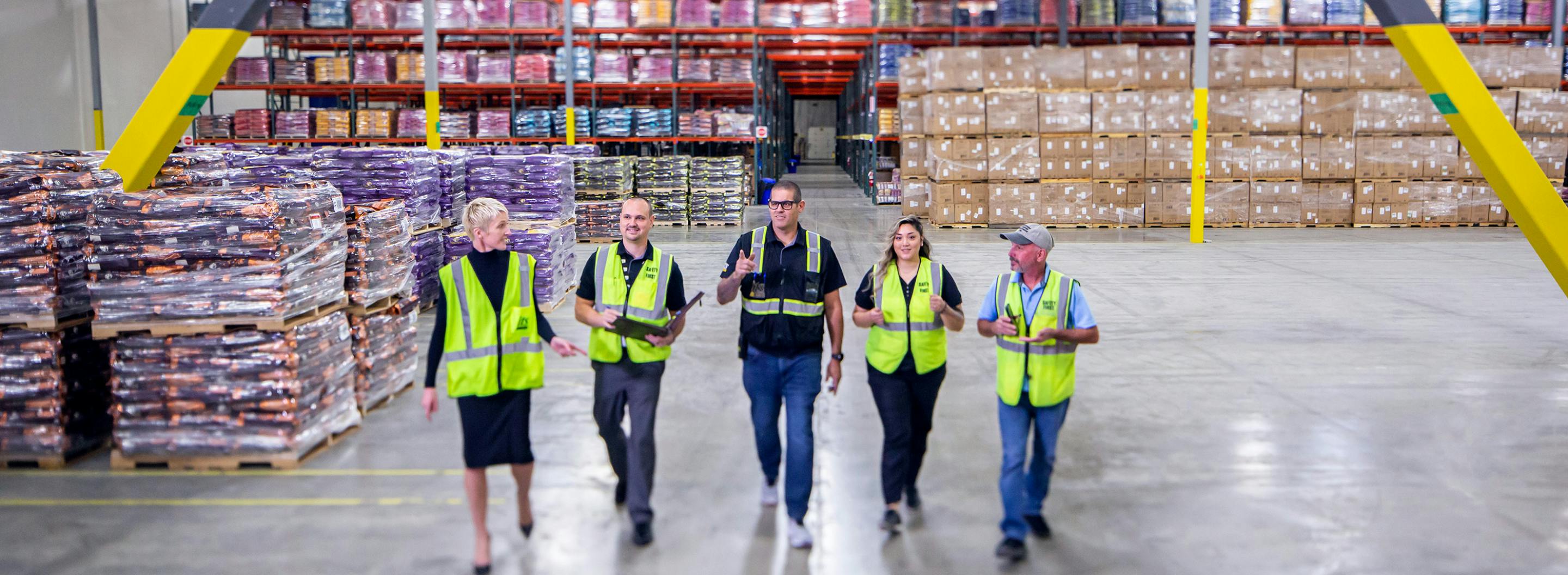IN THE NEWS: Trump Tariff Threats Fuel Frontloading of Trade Shipments into U.S., led by China

CNBC
January 17, 2025
Lori Ann LaRocco
FROM THE ARTICLE: One major threat to the U.S. supply chain has been lifted, with a tentative deal to keep port workers from striking across the East and Gulf Coasts reached last week, but shippers have been frontloading products for the U.S. market in the weeks leading up to President-elect Trump’s inauguration due to the potential for aggressive trade tariffs.
The majority (78%) of respondents to the latest CNBC Supply Chain Survey say shipping clients requested to pull forward freight in anticipation of both the increased tariff threat and the potential strike. Freight was being directed to ports on both East and West Coast. The survey, which sampled executives from member companies in the National Retail Federation and American Apparel and Footwear Association, as well as executives at logistics companies including C.H. Robinson and ITS Logistics, was conducted from Dec. 11-Jan. 6.
Products from China dominated the pulling forward of freight, which matches recent trade data from the Chinese government showing a surge in exports in 2024, and in the month of December, in particular. That was followed by products from Europe, with Mexico, Vietnam, and Malaysia tied for third. India and South America were other areas of product origin being frontloaded.
....
Paul Brashier, Vice President of Global Supply Chain for ITS Logistics, said companies started pulling trans-Pacific inventory ahead as early as late November.
“Not only was inventory from China pulled ahead but all transpacific origins as there is a concern that there will be a wave of additional freight brought in as tariffs are announced,” said Brashier. ” E-commerce goods, small appliances, soft goods, and replacement parts are all affected.
Brashier said ITS distribution facilities are also filled with components for future infrastructure projects and solar panels.
“When a construction company bids on a project the price they were quoted and the budget allocated was made years ago,” Brashier said. “We started receiving these types of items in early November. Orders were made back in the spring for fall delivery because it takes time to manufacture and ship products. These companies cannot afford tariff increases because they cannot go back and ask the municipality for more money.”
Brashier added that some critical infrastructure was pulled forward early to avoid any possible supply congestion which could delay construction.
Survey respondents also indicated that shippers were mitigating tariffs by switching to non-Chinese suppliers and manufacturing operations in Vietnam, Cambodia, India, Malaysia, Kenya, Indonesia, Bangladesh, Taiwan, and Turkey.
Brashier explained with the potential changes in tariffs on Mexico exports, Texas is starting to see a major strategic shift in importance. “Right now, clothing, textiles, fabrics are being impacted but there is not a shipper using Mexico or China in their supply chain that is not closely looking at changing up their sourcing and logistics strategy in 2025,” he said.



